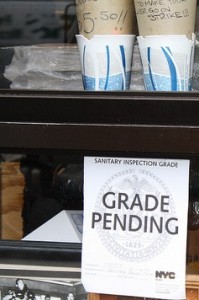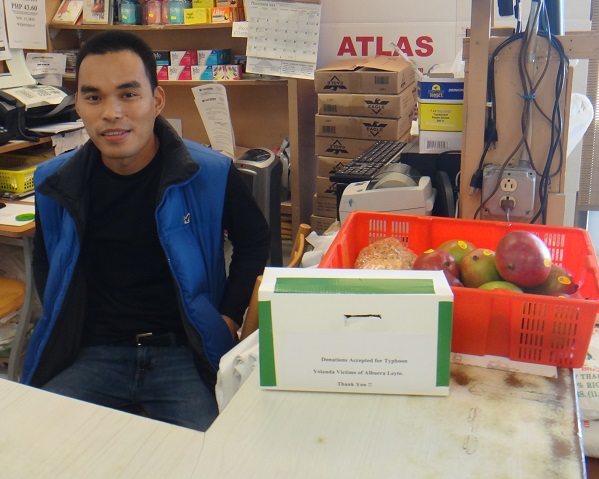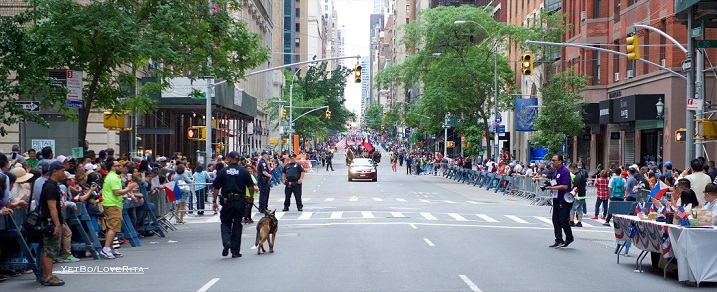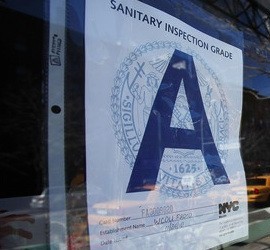Sanitary inspection gets a ‘C’ from restaurant owners
By Cristina DC PastorA toilet door not closing abruptly. Tongs for pulling hot trays hanging by the oven door. A variety of rice noodles. What do any of these have to do with a restaurant’s cleanliness?
Restaurant owners are not sure, but they’ve been slapped fines for all sorts of alleged sanitation violations, prompting one to denounce “excessive taxation” by City Hall.
So when Council Speaker Christine Quinn called for an evaluation of the restaurant letter grading system, many restaurant owners – including some FilAm chefs and restaurateurs – cried, “It’s about time!” Quinn was reacting to the “waves of complaints” about the alleged unfairness of the Department of Health inspection process, following an online survey of New York’s 24,000 restaurants. The survey was conducted by the City Council.
Restaurants generally aspire to the highest grade of A, which means they received the minimum 0 to 13 points for sanitary violations. A grade of B for 14 to 27 points is still a good one to have on a restaurant door. But nobody would display a grade of C, representing violations of 28 points and more. The eatery might as well close shop because it sends the message that rodents are serving the dishes and cockroaches are running the kitchen. However, instead of a C, some restaurants are given a Grade Pending card, which means essentially that they failed the inspection and are working to fix the violations. Still not a good sign to have at your door, but at least you’re not a total bust. 
While owners understand the need to impose safety and sanitation codes that protect diners, they feel some inspectors do not know what they’re doing or are being dishonest. They apply the rules inconsistently and sometimes they just “invent” the rules, according to some owners. It’s like the inspectors are walking the precarious line between being lenient and being rigid – both of which might cost them their jobs.
“I don’t know where to start,” said a chef who owns a restaurant serving Asian cuisine. “We have been in business for almost 10 years and every inspector who comes through our door sees something different.”
It could be the sliver of sunlight that comes through the door, or some food debris on the kitchen floor during a full-booked evening.
“It’s like they’re almost afraid to give out A grades,” he said.
Another long-time owner had his fair share of nice and nitpicking inspectors. His restaurant had been visited by inspectors who praised his “very clean” place, and were helpful in pointing out potential problems that could arise and which they should fix right away.
Not all inspectors are helpful. Others find issues that can be explained, and despite the owners’ attempts to clarify would proceed to issue one violation after another.
“One inspector told us the temperature of one of our refrigerators was too high for her,” he recalled. “The thing is when you have a very busy night, you keep opening and closing that fridge and so there was no way you could keep that fridge temp constant. The only way you will pass that test is if your restaurant is DEAD and is not doing any business because you are not getting food from the fridge to cook.”
In another case, he said the restaurant was fined because the toilet door did not close fast enough, slapped another violation when the inspector turned the faucet on at our back bar and the hot water did not come on.
“Our guy repaired the leaky faucet and just forgot to turn it on below,” he said.
Other alleged violations were “blatant lies” and “fabrications,” according to this owner.
“She wrote that our waiters used their fingers to drain the drinks. She also wrote that she instructed the waiters to discard the drinks. When I questioned the waiters about this type of behavior, they were flabbergasted and said they would never do that and that she never even went near the bar, nor did she ever tell them to discard the drinks.
“She fined us for tongs that were hanging on our oven door which she said was exposed to being brushed by the aprons of the cooks on the kitchen line. Then, she added that when the oven doors were opened, the tongs touched the floor. We took photos of the tongs showing that they were several inches higher than the floor when you open the oven doors all the way down. And besides, the tongs were not used for food. They were only used to pull hot plates from the oven.”
In another case, an inspector who had never seen an Asian rice noodle kept looking at several packages of dried rice noodles. “We had to explain to him what it was and how it was to be cooked,” he said.
Disputing a violation can be just as cumbersome — and expensive. Another way for City Hall to raise funds?
“It’s a six-hour process in the DOH tribunal,” said the chef. “You can’t get a straight answer from anyone and your pocket will be a lot lighter when you leave.”
The restaurant owners are not asking that the inspection process be eliminated, just that it be given a serious review and that inspectors be given specific guidelines to follow.












